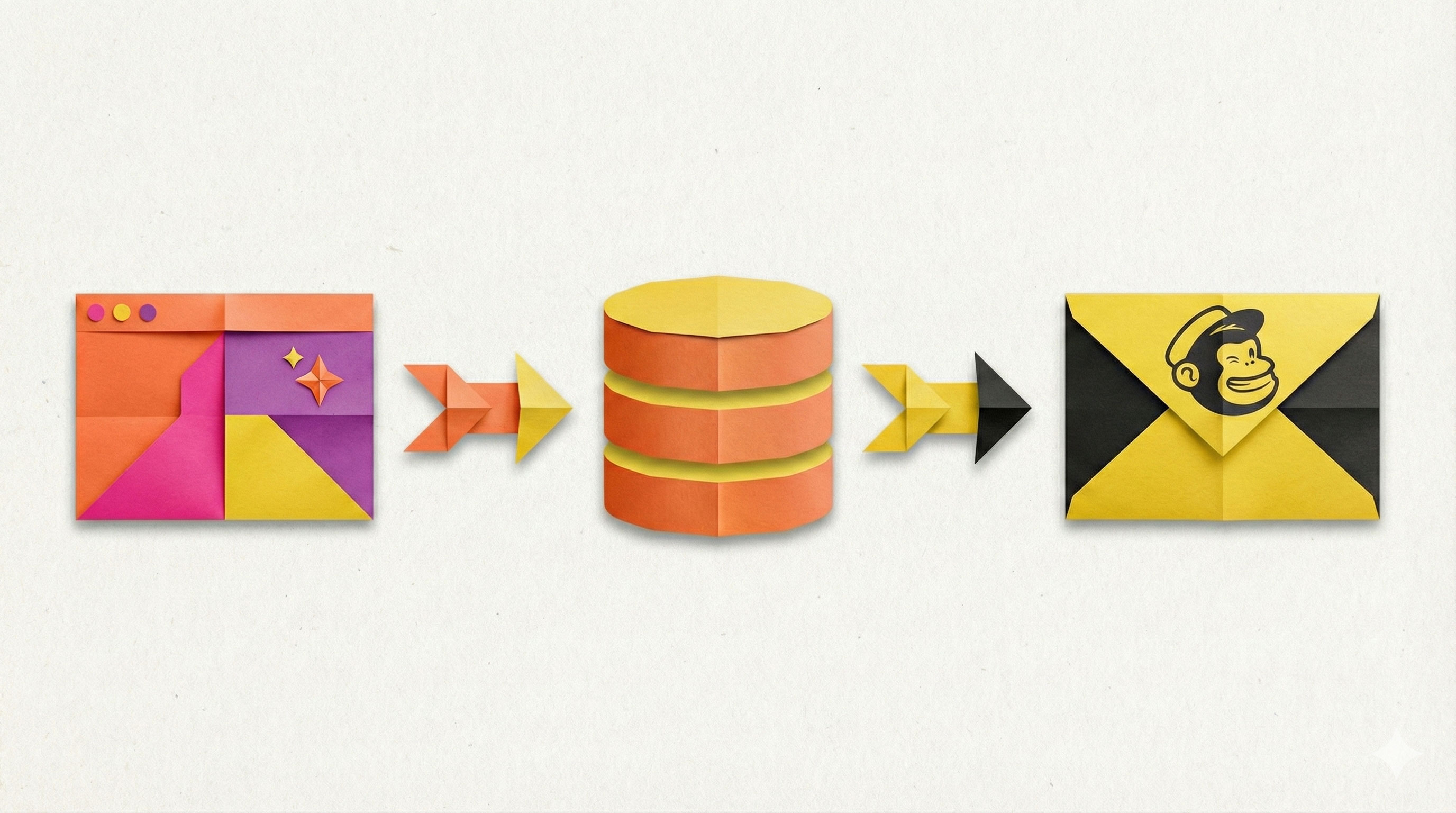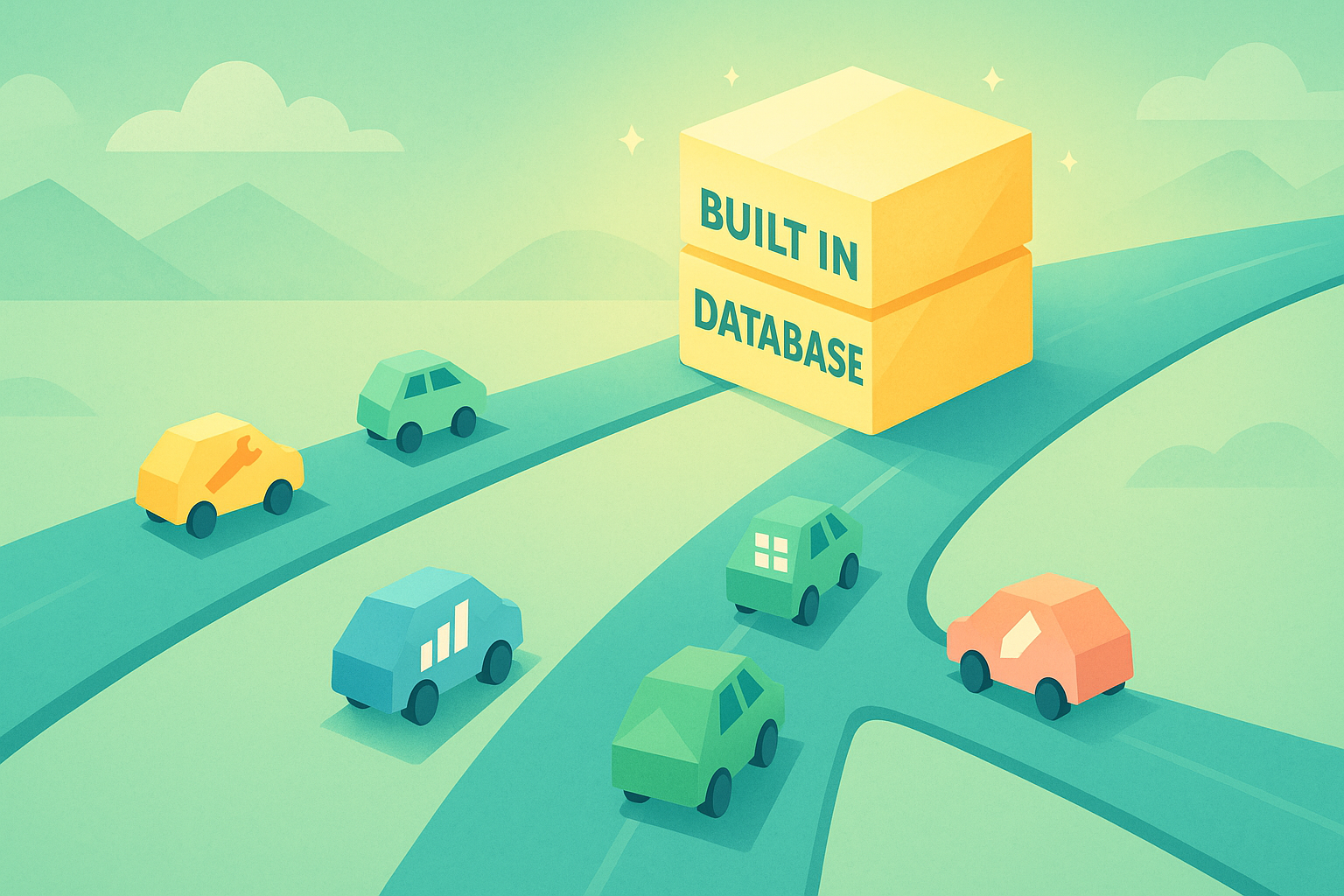Remember when we were all trying to rank on Google? You’d spend weeks tweaking H1 tags, writing blog posts with awkward keywords like “best productivity tool 2023,” and praying for that sweet top 3 spot.
Well… the game has changed. In 2025, people aren’t just Googling. They’re asking ChatGPT, Claude, and Gemini stuff like:
“What’s a good tool for launching a startup MVP?”
“What’s the best CRM for solopreneurs & Lonefounders ?”
“Give me a list of website dev tools.”
And here’s the wild part: the AI actually answers with brands. Specific tools. Sometimes with links.
So how do you make sure your company shows up in those answers? Let’s break it down.
You Can Rank on AI Tools Now?
Yes. These models or algorithms are pulling answers from a mix of live web data, internal sources, and structured content across the internet. That means you can optimize for being mentioned by them, just like you’d optimize to show up on Google.
But instead of chasing backlinks and domain authority, you’re optimizing for clarity, context, and usefulness. You’re making it easy for the models to connect your brand with specific questions.
Let’s call it what it is:
AIO — Answer Intelligence Optimization.
So How Do You Start Ranking?
Here’s the short version: You need to make it ridiculously easy for an AI model to associate your product with a specific category, use case, or question.
And here’s how to actually do it:
1. Write the Answers You Want to Be Known For
Don’t wait for someone else to write about you.
Create blog posts, landing pages, and help docs that clearly spell out:
- What your product is
- Who it’s for
- What problem it solves
- How it compares to alternatives
Example:
Instead of writing “How to manage client data in 2025,” try:
“The Best Lightweight CRM for Freelancers in 2025, Why [Your Tool] Stands Out”
This makes it super easy for ChatGPT to grab a snippet like:
“If you’re a freelancer looking for a simple CRM, [Your Tool] is designed exactly for that.”
2. Use Clear, Structured Language
AI models aren’t reading your copy like a human. They’re looking for patterns, associations, and clarity. So ditch the buzzwords and write like this:
- “[Tool Name] is a [category] for [audience] that helps with [specific use case].”
- “Unlike [Competitor], [Tool] focuses on [differentiator].”
- “Use [Tool] to [verb that matches user intent: generate, track, automate, design, etc.].”
You’re not writing for SEO anymore, you’re writing for AI comprehension.
3. Get Listed Where AI Pulls Info From
Most models don’t just scrape your site, they’re trained on (and pull data from):
Product Hunt
Reddit threads
Quora answers
G2 / Capterra / AlternativeTo
Twitter (X) threads
Medium or Substack posts
Public documentation or changelogs
Your blog (if it’s well structured)
You can also simply ask the AI to research a specific [long tail keyword] and identify which websites it references. Then explore opportunities to engage with or get featured on those platforms.
So yes, being mentioned on these sites still really matters. That Reddit thread you forgot about from 6 months ago? Might be exactly what Claude cites when someone asks for “a great no-code CRM for side hustlers.”
4. Use the Right Promptable Phrases
AI models often answer with lists. You want to make sure your tool ends up on them.
Think phrases like:
- “Top tools for…”
- “Best AI tools for…”
- “Affordable alternatives to…”
- “Best tools like [well-known competitor]”
- “What are some apps that help with…”
Include these in your blog titles, subheaders, or even FAQ sections, just like you would with SEO, but leaner and clearer.
5. Make Your Product Description Answerable
Let’s say someone asks:
“What’s a tool that helps me build a website without coding?”
If your homepage just says:
“Reimagine digital creativity with frictionless empowerment…”
The AI model will give up and go with Wix.
But if your site says:
“JDoodle is a no-code website builder for non-technical founders. Build and launch in under 30 minutes.”
Now we’re talking. Clear. Categorized. Useful.
Bonus: Update Your Content Frequently
Models like ChatGPT, Claude, and Grok are starting to refresh content more often, especially if it’s public and structured. Updating your blog every few months, tweaking copy to match trending use cases, or publishing customer examples? All of it helps. This isn’t a “set it and forget it” game. It’s a conversation, and staying active matters.
Key Takeaways
Forget the old-school SEO checklist. If you want to show up in AI-generated answers in 2025, here’s your playbook:
- Be clear, not clever
- Say exactly what your product does and who it’s for
- Publish content that answers questions directly
- Get mentioned where AI models roam
- Write in a way that AI can quote you without guessing
This stuff isn’t magic. It’s just clarity, consistency, and showing up in the right places. Because if someone asks ChatGPT, “What’s a tool to build a landing page fast?” And the model answers “JDoodle”? You just skipped the entire funnel.
FAQs
1. Can you really rank on ChatGPT and other AI tools?
Yes! These models often suggest real tools in their answers. With the right content and positioning, yours can be one of them.
2. Is this the same as SEO?
Not quite. It’s less about keywords and more about clarity - helping AI understand exactly what your product does and who it’s for.
3. Where should I publish content to improve visibility?
Post on your blog, Product Hunt, Reddit, Twitter (X), G2, and anywhere users ask questions - that’s where AI models pull context from.
4. How long does it take to start ranking?
It varies, but if your content is clear, useful, and shows up on high-signal platforms, you could be cited in model responses within weeks.
5. Does this work for small startups or just big brands?
It absolutely works for small teams. Clear, well-placed content often beats big-budget fluff when it comes to AI ranking.
Related Posts
View All Posts »How to Use an AI Landing Page Builder With Mailchimp Email Marketing
Learn how to build a webinar email capture landing page with JDoodle.ai, store registrations in a built in database, and sync everything to Mailchimp for automated reminders and newsletters.
17 Powerful APIs You Can Integrate with JDoodle.ai
A curated list of 17 popular APIs you can connect to JDoodle.ai using API keys and simple prompts, plus examples of exactly what to build with each.
Top 5 No-Code App Builders with a Built-In Database (2025)
If you're building a real app not just a form you need more than a spreadsheet. Here are five no-code app builders that include built-in databases so you can launch faster.





